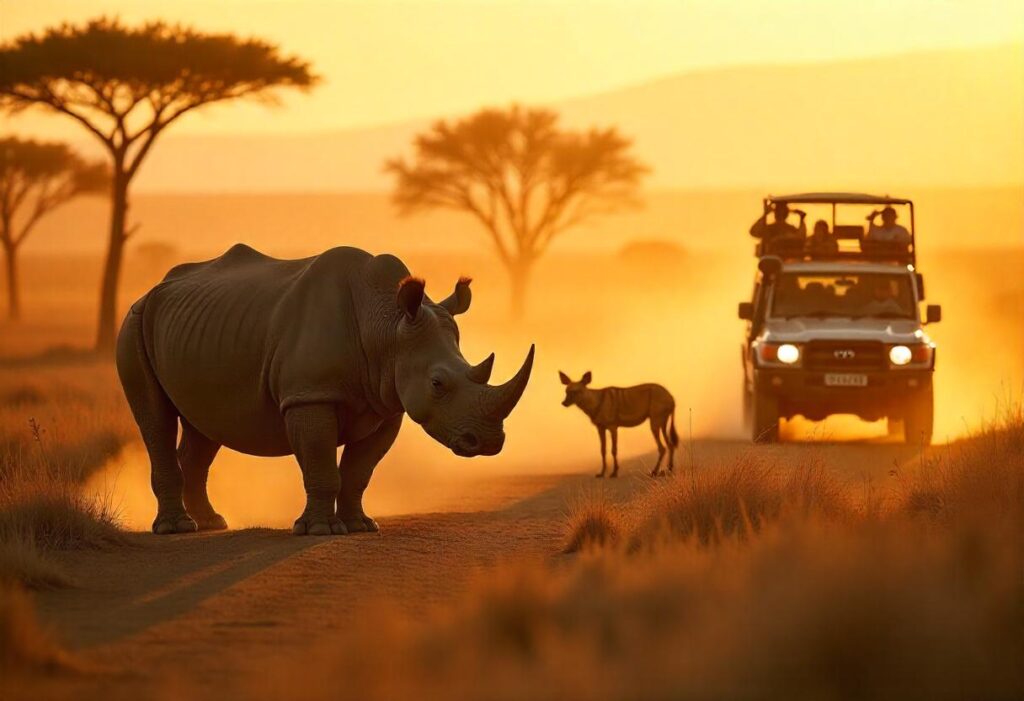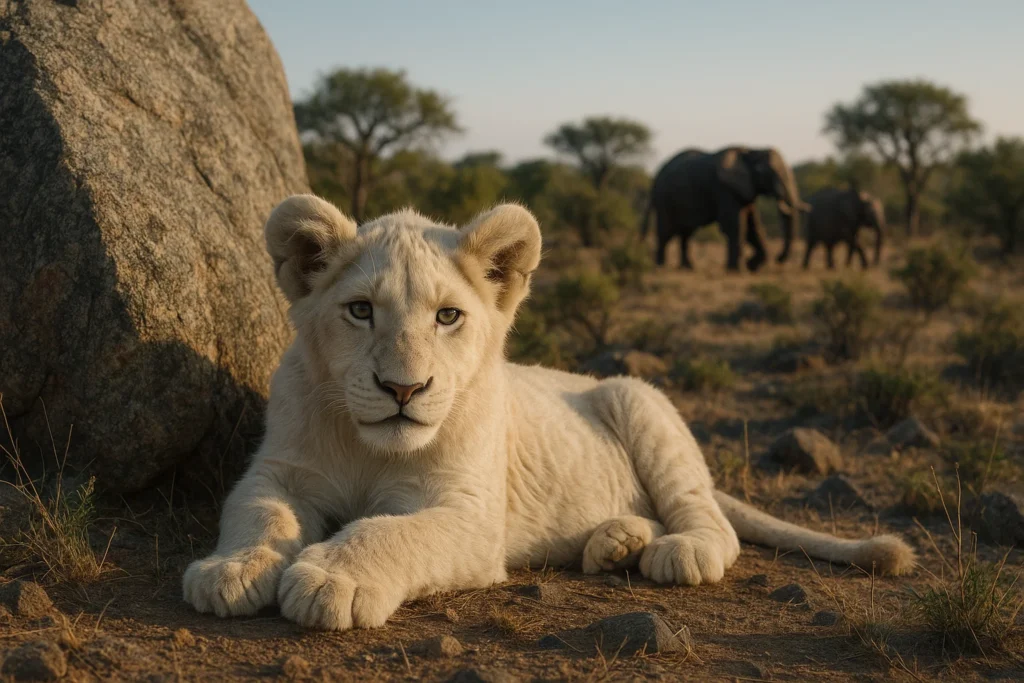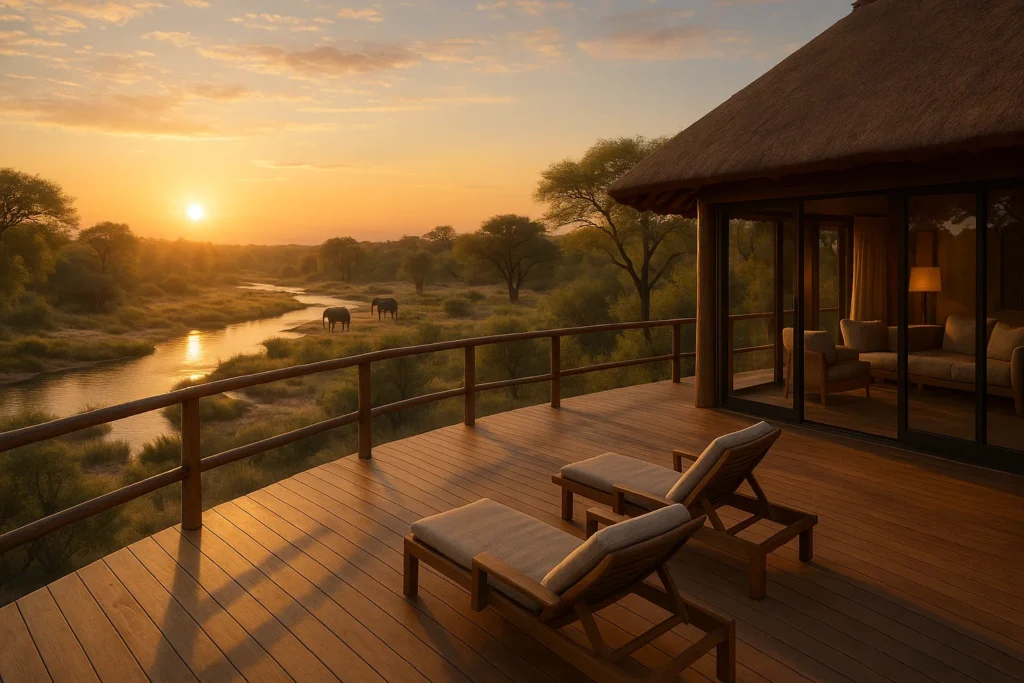From elusive pangolins to the last strongholds of black rhinos, Africa remains home to some of the world’s most threatened wildlife. While conservation challenges persist, select safari destinations still offer the rare privilege of seeing endangered animals in the wild — a powerful reminder of what’s at stake and why sustainable travel matters.
In this guide, we explore which endangered species you might still spot on safari, where to go, and how responsible tourism is playing a key role in their protection.
Why some species are endangered in Africa
Africa’s biodiversity faces ongoing threats from habitat loss, poaching, human-wildlife conflict, and climate change. According to the IUCN Red List, dozens of iconic species — from apex predators to small, nocturnal creatures — are now classified as endangered or critically endangered.
Fortunately, focused conservation efforts and eco-conscious tourism have created pockets of hope. National parks and private reserves now function as vital sanctuaries, offering protection and funding through regulated safari travel.
Endangered species you might still see on safari
1. Black rhino
- Conservation status: Critically Endangered
- Where to see them: Namibia’s Etosha National Park, Kenya’s Ol Pejeta Conservancy, South Africa’s Phinda and Hluhluwe–iMfolozi
- Why they matter: Once nearing extinction due to poaching for their horns, black rhino populations are slowly recovering thanks to armed protection units and rhino monitoring programs.
2. African wild dog (Lycaon pictus)
- Conservation status: Endangered
- Where to see them: Botswana’s Okavango Delta, Zimbabwe’s Mana Pools, South Africa’s Kruger and Madikwe reserves
- Why they matter: With fewer than 7,000 left in the wild, African wild dogs are among the continent’s rarest predators. Known for their cooperative hunting and close social bonds, spotting a pack is a highlight of any safari.
3. Pangolin
- Conservation status: All four African species range from Vulnerable to Critically Endangered
- Where to see them: Tswalu Kalahari Reserve (South Africa), Odzala-Kokoua National Park (Republic of Congo)
- Why they matter: These elusive, scale-covered mammals are the most trafficked animals in the world. Their secretive, nocturnal habits make sightings rare but unforgettable.
4. Mountain gorilla
- Conservation status: Endangered
- Where to see them: Volcanoes National Park (Rwanda), Bwindi Impenetrable Forest (Uganda), Virunga National Park (DR Congo)
- Why they matter: With only around 1,000 individuals remaining, the chance to trek and observe a gorilla family in the wild is both humbling and transformative. Strict permit systems fund habitat protection and community programs.
Where conservation meets safari: The role of ecotourism
Protected areas that make a difference
Many sightings of endangered animals happen within conservancies, national parks, and UNESCO biospheres that rely heavily on safari tourism for funding. Entrance fees, conservation levies, and community partnerships contribute directly to anti-poaching patrols, habitat preservation, and research.
How your safari can support conservation
- Choose lodges and operators that are eco-certified or contribute to wildlife protection projects.
- Respect wildlife guidelines: never pressure your guide to get closer than is safe or allowed.
- Support local communities, whose buy-in is crucial for long-term species survival.
Tips for spotting rare and endangered wildlife
- Be patient: endangered species are, by nature, elusive. Trust your guide and enjoy the journey.
- Visit in the right season: dry seasons often offer better visibility and wildlife concentrations.
- Consider private or specialist safaris: tracking-focused trips increase your chances of sightings.
- Bring the right gear: binoculars, a zoom lens, and quiet clothing can make a big difference.
A safari that matters
Seeing an endangered animal in its natural habitat is a privilege — and a call to action. Whether it’s hearing a wild dog’s yelp echo through the savannah or locking eyes with a mountain gorilla in the mist, these moments connect us to something far greater than ourselves.
By choosing responsible travel, you’re not only chasing rare safari sightings — you’re helping ensure that future generations can do the same.
FAQs
Some of the most iconic endangered animals you might see include black rhinos, African wild dogs, pangolins, and mountain gorillas — all visible in select parks and reserves.
Top destinations include Ol Pejeta Conservancy in Kenya for rhinos, the Okavango Delta in Botswana for wild dogs, and Volcanoes National Park in Rwanda for gorillas.
Responsible tourism funds conservation efforts, anti-poaching patrols, and local community initiatives that are essential to protecting endangered species and their habitats.






